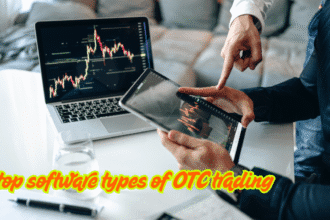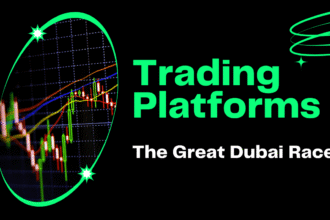Commodity trading has always been an integral part of global financial markets. From crude oil and natural gas to gold, silver, and agricultural products, commodities offer investors an opportunity to diversify their portfolios and hedge against inflation or market volatility. With the rapid growth of online trading, a wide range of platforms now provide access to commodities through futures, contracts for difference (CFDs), and exchange-traded products. Choosing the right platform, however, depends on an investor’s trading style, experience level, and overall objectives.
In this article, we will explore the key features of top commodity trading platforms, followed by a neutral and objective look at Plus500, one of the most widely known providers in this sector.
Key Features of Top Commodity Trading Platforms
When evaluating commodity trading platforms, investors typically focus on several criteria:
- Range of Commodities
A strong platform should offer access to multiple commodity markets, including energy, metals, and agriculture. The wider the selection, the more diversification opportunities traders can explore. - Trading Instruments
Commodities can be traded through futures, options, spot contracts, and CFDs. Platforms that provide multiple ways to trade tend to appeal to a broader user base. - User Interface and Technology
Speed, reliability, and ease of use are essential. Platforms with intuitive dashboards, advanced charting tools, and mobile compatibility often stand out among competitors. - Costs and Fees
Transparent pricing is crucial. Some platforms charge commissions per trade, while others build fees into the spread. Understanding the cost structure helps traders avoid hidden expenses. - Regulation and Security
Trading commodities involves financial risk, making regulation by trusted authorities (such as the FCA, ASIC, or CySEC) an important consideration. A secure platform provides peace of mind regarding fund safety. - Educational and Support Resources
Platforms that offer tutorials, demo accounts, and responsive customer support can make a significant difference in the learning curve.
An Objective Look at Plus500
Plus500 is a global fintech firm offering CFD trading across a wide range of assets, including commodities, indices, stocks, forex, and cryptocurrencies. The company is regulated in multiple jurisdictions, such as the UK’s Financial Conduct Authority (FCA), the Australian Securities and Investments Commission (ASIC), and the Cyprus Securities and Exchange Commission (CySEC).
Strengths of Plus500
- User-Friendly Platform: The trading interface is designed to be simple and intuitive. The mobile app, in particular, has received positive feedback for its ease of use.
- Range of Commodities: A wide range of major commodities is accessible – from natural gas, gold, silver and agricultural products to even Brent oil prices on the Plus500 platform – all available through CFDs.
- Risk Management Tools: Features such as guaranteed stop-loss orders (available for certain products), negative balance protection, and price alerts give traders more control over risk exposure.
- Regulatory Oversight: With licenses in multiple regions, Plus500 offers a degree of regulatory assurance that many traders look for.
- Demo Account: A free demo account is available, allowing users to practice strategies without financial risk.
Limitations of Plus500
- CFD-Only Model: Traders cannot directly own commodities or futures contracts. This limits long-term investment strategies and appeals primarily to short-term traders.
- Limited Research and Education: Compared to some competitors, Plus500 offers fewer in-depth research reports, market analysis, or educational materials.
- Spreads and Fees: While commission-free, costs are embedded in the spreads, which can be higher than those of some institutional-grade platforms.
- No Social Trading Features: Plus500 does not provide community-based tools for traders to learn from others’ strategies.
The best commodity trading platform ultimately depends on an investor’s goals, experience, and preferred trading style. Key factors include the range of available commodities, user interface quality, costs, and regulatory safeguards.
Within this landscape, Plus500 stands out for its simplicity, user-friendly design, and regulatory strength, making it a suitable choice to gain exposure to commodities via CFDs. However, its CFD-only structure, limited research tools, and reliance on spreads may not satisfy professional traders or long-term investors.
In short, Plus500 is a reliable option within its niche, but investors should carefully assess their needs and compare multiple platforms before choosing where to trade commodities.
The Importance of Caution When Trading CFDs
While CFDs (Contracts for Difference) provide a flexible way to gain exposure to commodities without owning the underlying assets, they also carry a higher level of risk compared to traditional investments. The use of leverage means that traders can control larger positions with relatively small amounts of capital, but this also amplifies potential losses. Sudden market volatility, particularly in commodities like oil and gold, can lead to rapid price swings that may exceed an investor’s expectations.
For this reason, traders should use proper risk management tools and avoid investing money they cannot afford to lose. A cautious, well-informed approach is essential when trading CFDs.





